Dr. Nguyen Si Dung.
As someone who has been in charge of legal research for the National Assembly for nearly 20 years, I believe it is necessary to re-evaluate the above argument independently and objectively. First of all, the question is: where does this 90% figure come from, and does it have an empirical basis?
Official data shows that no tariff rate has reached 90%.
According to the 2024 Foreign Trade Barriers Report of the Office of the United States Trade Representative (USTR) - an official source of documents published by the United States itself - Vietnam's average MFN (most favored nation) tariff is 9.4%; for agricultural goods it is 17.1%; for non-agricultural goods it is 8.1%.
Vietnam has been a member of the World Trade Organization (WTO) since 2007 and has bound all tariff lines in its schedule of commitments. From this perspective, it is difficult to find any tariff line that reaches the 90% threshold.
"90%" seems to be more of a visual addition than a legal number.
The 90% figure - if it has any practical meaning - seems to be formed by adding up many taxes and costs that some special imported goods (such as wine, high-end foods, etc.) have to bear, including Import Duty (MFN); Special Consumption Tax (calculated on the selling price, usually higher than the import price); Value Added Tax (VAT) and some administrative costs related to quality inspection, circulation registration, customs procedures, etc.
However, from the perspective of international trade law, only direct import duties are considered “tariffs” as defined in the WTO and free trade agreements. Internal taxes and administrative costs are considered only as non-tariff barriers and must be assessed in their specific context.
Furthermore, indirect taxes such as VAT and excise taxes are applied equally to both imported and domestically produced goods, so they cannot be considered protectionist or discriminatory trade practices.
Furthermore, the method of aggregating taxes and costs into a single index such as "90% tax" does not reflect the correct measurement of the level of protection according to international standards. In trade economics, people use concepts such as nominal protection rate and effective protection rate , but these two concepts are also calculated according to a unified method with a clear theoretical basis, not an arbitrary sum of taxes and costs.
Therefore, the use of the figure “90%” as a tariff rate is conceptually inaccurate, legally invalid, and academically unconvincing.
The use of the figure “90%” as a tariff rate is conceptually inaccurate, legally invalid, and academically unconvincing.
Differences in tax systems do not amount to discrimination.
Each country has its own indirect tax system designed based on its economic structure, policy objectives and management capacity. In many developing countries, excise taxes are often applied to regulate consumer behavior on items such as alcohol, beer, cigarettes, sugary soft drinks, etc. This is a policy aimed at protecting public health, not discriminating against imported goods.
Even if in practice imported goods are subject to a higher overall duty burden than domestic products – due to different tax calculation methods, compliance costs or valuation – this does not automatically mean a breach of international trade obligations, provided that:
1. The regulations are applied uniformly to all domestic and foreign enterprises;
2. No differential treatment based on origin;
3. The process of issuing and implementing policies is transparent and predictable.
In international trade law, the key factor is not the pure result of the tax burden, but the process and principles of application. Therefore, the difference in total tax burden between US goods and domestic goods of Vietnam (if any) needs to be carefully analyzed and systematically compared, rather than taking a few isolated examples as representative of general policy.
Furthermore, in international trade practices, some sensitive items such as agricultural products, steel, textiles, etc. are often subject to high tariffs in many countries, including developed economies. However, these tariffs are not automatically considered discriminatory if they are applied according to a public tariff schedule, do not discriminate against trading partners, and comply with the MFN principle in the WTO.
Therefore, to establish discrimination, it is not possible to rely solely on high tariffs but to demonstrate bias in the treatment of goods from a particular country, which in the case of Vietnam, so far has not been clearly demonstrated.
Imposing retaliatory tariffs based on unclear numbers: legal and precedent risks.
The US administration's use of the "90%" figure as a central argument for imposing a 46% tariff on goods from Vietnam raises a big question: Is that an approach consistent with the spirit of international law and WTO principles?
If such emotional quantification becomes widespread, the multilateral trading system risks losing its stability. Any country can justify its unilateral actions with arguments that are not independently verified or do not reflect the legal substance of the matter.
Vietnam-US relations need more than precision and dialogue.
The trade relationship between Vietnam and the United States has reached the level of Comprehensive Strategic Partnership. In this context, an approach based on reliable data, objective assessment and a spirit of dialogue is the foundation for handling differences, instead of using symbolic or emotional arguments.
Finally, the assertion that Vietnam is imposing a 90% tariff on US goods – without specific and legal evidence – is an inaccurate interpretation. I believe that trade differences – whatever they may be – can be resolved through existing cooperation mechanisms, with mutual respect and commitment to a stable, fair and rules-based trade order.
Dr. Nguyen Si Dung
Source: https://baochinhphu.vn/co-that-viet-nam-dang-ap-thue-quan-90-voi-hang-hoa-hoa-ky-10225040421060006.htm



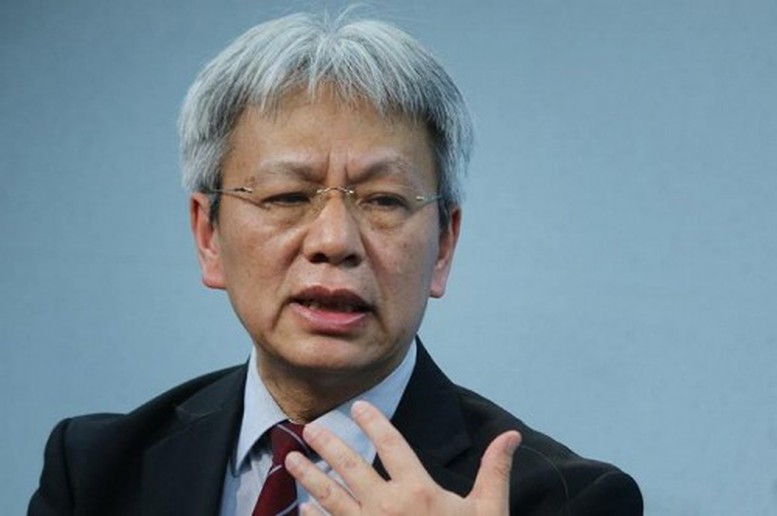
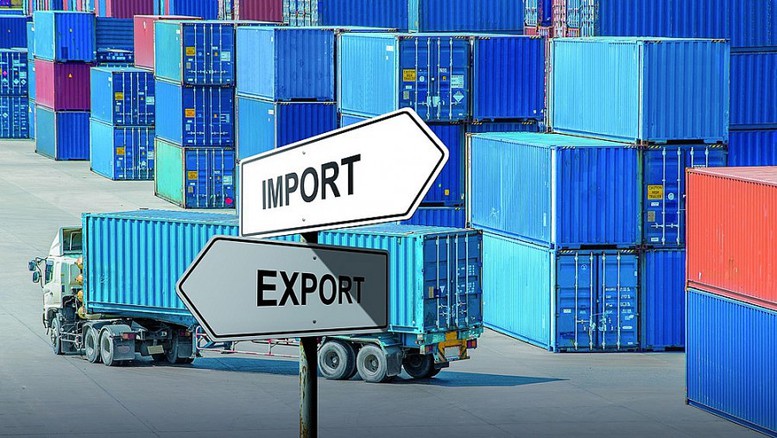
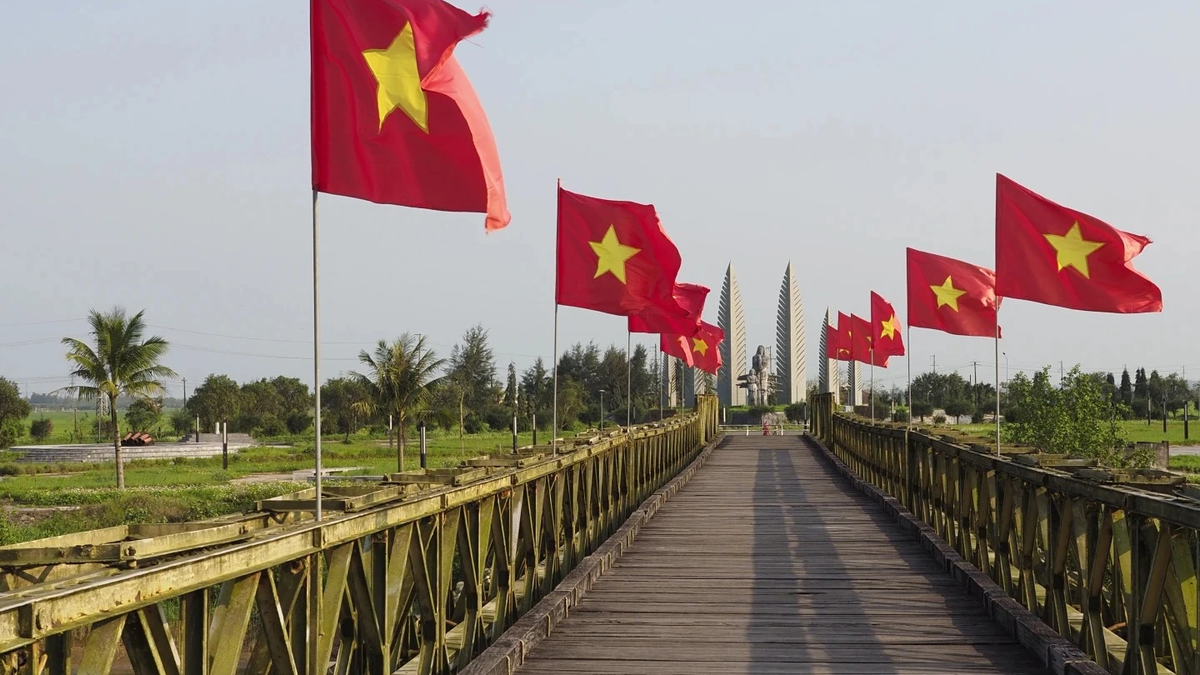
![[Photo] General Secretary To Lam receives Chairman of the National People's Congress of China Zhao Leji](https://vphoto.vietnam.vn/thumb/1200x675/vietnam/resource/IMAGE/2025/8/31/5af9b8d4ba2143348afe1c7ce6b7fa04)
![[Photo] National Assembly Chairman Tran Thanh Man welcomes and holds talks with Chairman of the National People's Congress of China Zhao Leji](https://vphoto.vietnam.vn/thumb/1200x675/vietnam/resource/IMAGE/2025/8/31/9fa5b4d3f67d450682c03d35cabba711)

![[Photo] Marching together in the hearts of the people](https://vphoto.vietnam.vn/thumb/1200x675/vietnam/resource/IMAGE/2025/8/31/8b778f9202e54a60919734e6f1d938c3)
![[Photo] The first meeting of the Cooperation Committee between the National Assembly of Vietnam and the National People's Congress of China](https://vphoto.vietnam.vn/thumb/1200x675/vietnam/resource/IMAGE/2025/8/31/f5ed4def2e8f48e1a69b31464d355e12)



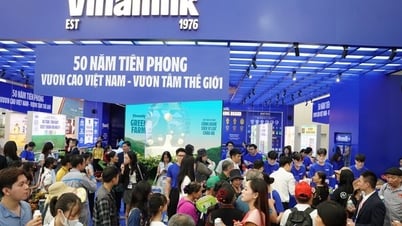
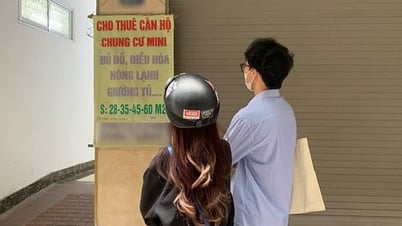
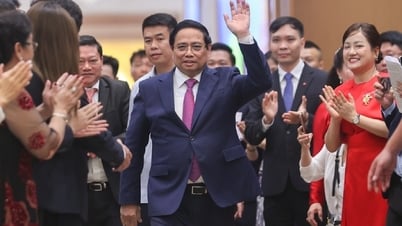



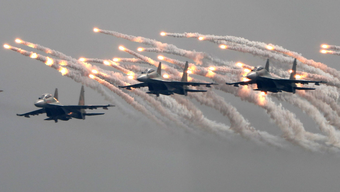
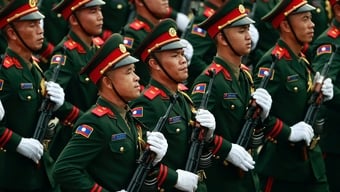






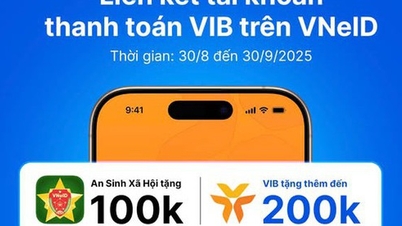


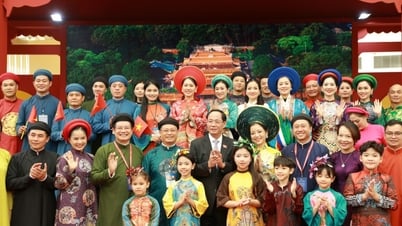



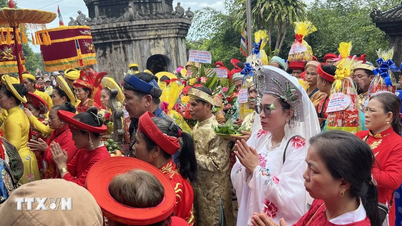










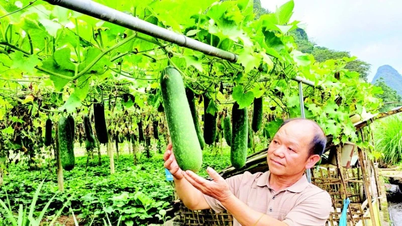
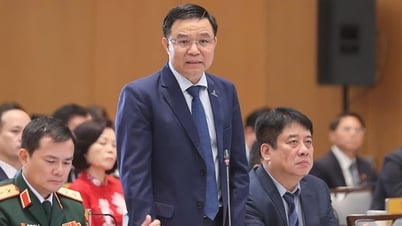
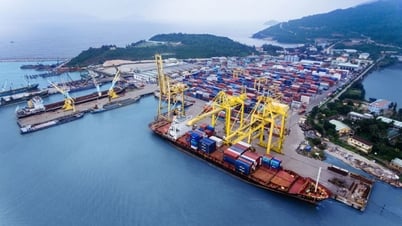

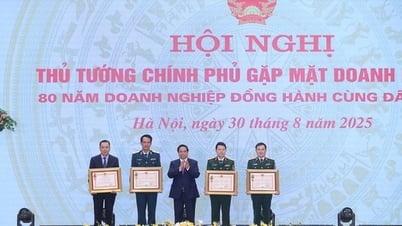






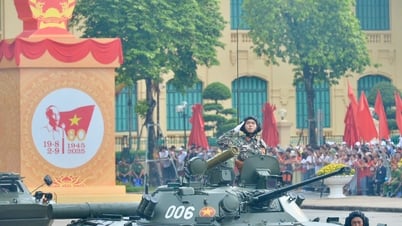


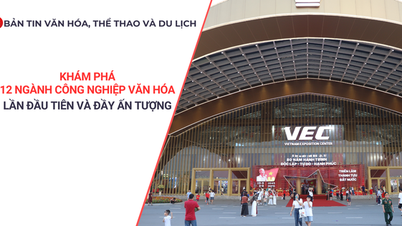





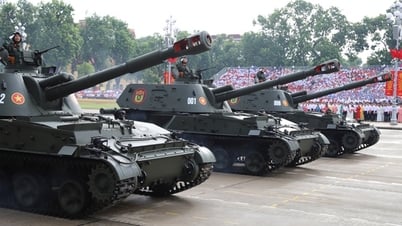




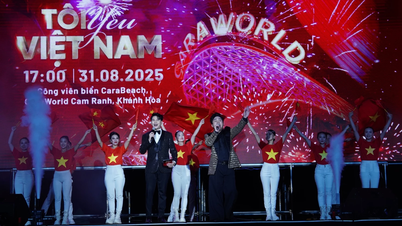

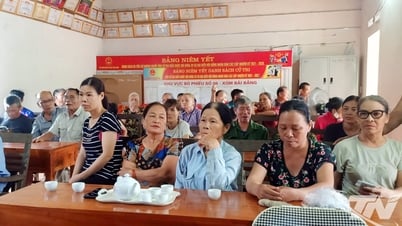
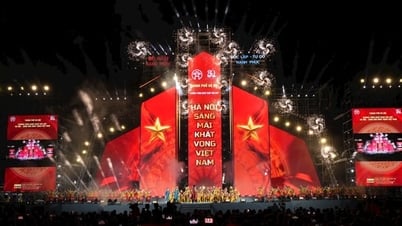





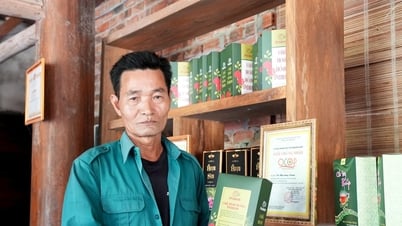
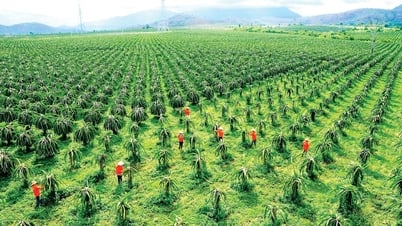






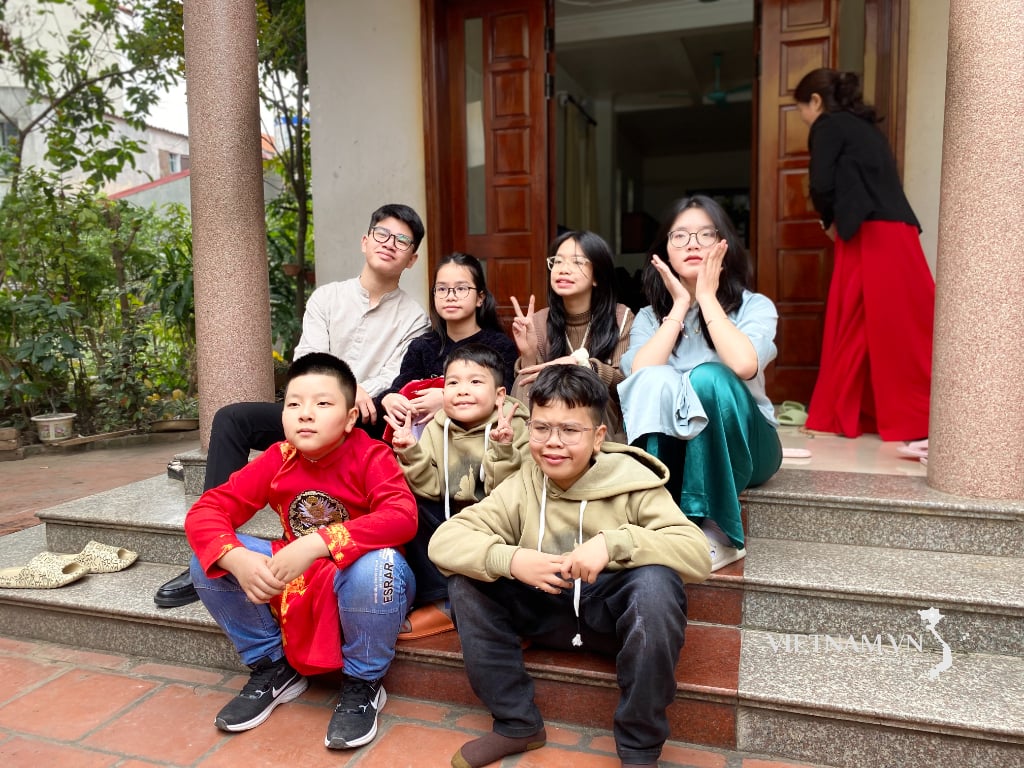

Comment (0)